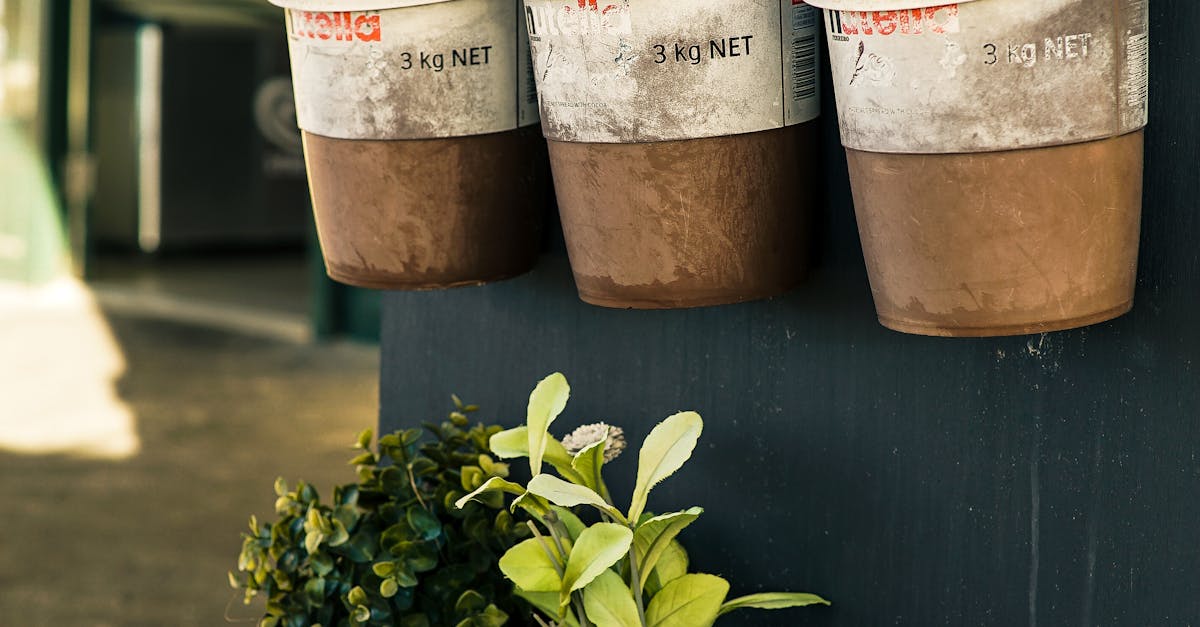In the realm of gardening, the fusion of traditional practices and modern techniques has led to innovative ways of cultivating vegetables. From the natural harmony of permaculture gardening to the tranquil simplicity of Japanese Zen gardening, and the space-saving efficiency of container hydroponics, there are numerous approaches to growing vegetables that offer both practical benefits and aesthetic appeal. This article explores three dramatic techniques that combine the principles of permaculture, Japanese Zen gardening, and container hydroponics to help you create a sustainable and serene vegetable garden.
1. Permaculture Gardening:
Permaculture gardening is based on the concept of working with nature rather than against it, creating self-sustaining ecosystems that can flourish with minimal human intervention. By mimicking the diversity and resilience of natural ecosystems, permaculture gardens aim to maximize productivity while minimizing inputs such as water, fertilizers, and pesticides. Key principles of permaculture gardening include observation, diversity, and integration, which can be applied to vegetable cultivation for a more holistic and sustainable approach.
To incorporate permaculture principles into your vegetable garden, consider planting a variety of vegetables that support each other through companion planting. For example, interplanting nitrogen-fixing legumes with heavy feeders can improve soil fertility and overall plant health. Additionally, incorporating elements such as mulch, compost, and rainwater harvesting can help conserve resources and create a more resilient garden ecosystem.
2. Japanese Zen Gardening:
Japanese Zen gardening, or “karesansui,” is known for its minimalist and contemplative design principles that seek to evoke a sense of peace and tranquility. Drawing inspiration from traditional Japanese rock gardens, Zen gardening emphasizes simplicity, balance, and mindfulness in the arrangement of elements such as rocks, gravel, moss, and pruned plants. By carefully selecting and arranging these elements, gardeners can create a serene and harmonious space that invites contemplation and reflection.
To incorporate Zen gardening principles into your vegetable garden, consider creating a dedicated meditation area with a simple arrangement of rocks and gravel that symbolize elements of nature such as mountains and rivers. Integrate elements of Zen aesthetics such as asymmetry, balance, and empty space to create a visually appealing and calming environment. By cultivating a sense of mindfulness and connection to nature in your garden, you can enhance both the aesthetic beauty and emotional resonance of your vegetable-growing experience.
3. Container Hydroponics:
Container hydroponics offers a space-efficient and water-saving alternative to traditional soil-based gardening, allowing you to grow a wide variety of vegetables in small urban spaces or indoor environments. By using nutrient-rich water solutions to deliver essential nutrients directly to plant roots, hydroponic systems can promote faster growth and higher yields compared to traditional gardening methods. With the right setup and maintenance, container hydroponics can be a sustainable and productive way to grow fresh vegetables year-round.
To start a container hydroponic vegetable garden, choose a variety of vegetables that are well-suited to hydroponic growing conditions, such as leafy greens, herbs, and cherry tomatoes. Select a suitable container or system, such as a deep water culture or nutrient film technique setup, and ensure proper lighting, temperature, and nutrient levels to support healthy plant growth. With regular monitoring and adjustments, you can enjoy the benefits of fresh, homegrown vegetables using efficient and innovative container hydroponic gardening techniques.
Conclusion:
By combining the principles of permaculture gardening, Japanese Zen gardening, and container hydroponics, you can create a unique and harmonious vegetable garden that is both productive and aesthetically pleasing. Whether you seek to cultivate a self-sustaining ecosystem, create a tranquil space for contemplation, or maximize growing potential in limited space, these three dramatic techniques offer a diverse range of approaches to vegetable cultivation. Embrace the beauty of nature, the serenity of Zen aesthetics, and the efficiency of hydroponic systems to elevate your vegetable-growing experience and reap the rewards of a bountiful harvest year-round.


